Mukiash – A traditional art of chikankari
Chikankari, a traditional form of hand-embroidery, has been a part of Indian craftsmanship for centuries, particularly in the city of Lucknow. One of the most enchanting features of Chikankari is the delicate addition of Mukaish, a type of embellishment that adds a glamorous, shimmering effect to the embroidery. Mukaish is an integral part of the Chikankari heritage, giving garments an ethereal glow with its reflective surface. In this article, we will explore the different types of Mukaish used in Chikankari work and how they elevate the beauty of traditional textiles.
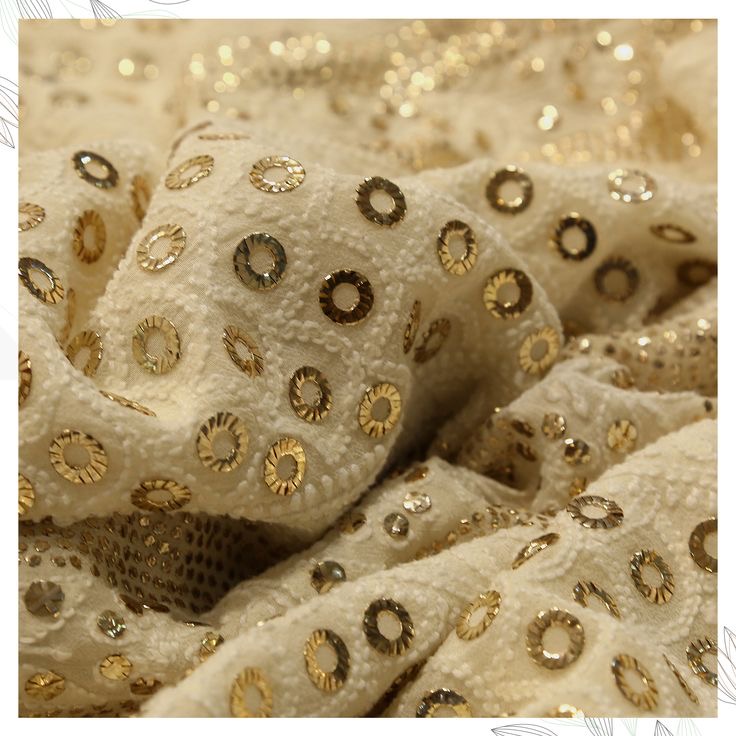
What is Mukaish in Chikankari?
Mukaish refers to small, shiny metallic embellishments that are added to Chikankari work, often in the form of flat, round sequins, which are hand-stitched onto fabric. These additions are typically made from gold, silver, or copper materials and are sewn intricately to create a sparkling effect. The addition of Mukaish is a symbolic representation of the glistening beauty of Indian heritage, enriching the embroidery with texture and an enchanting shine.
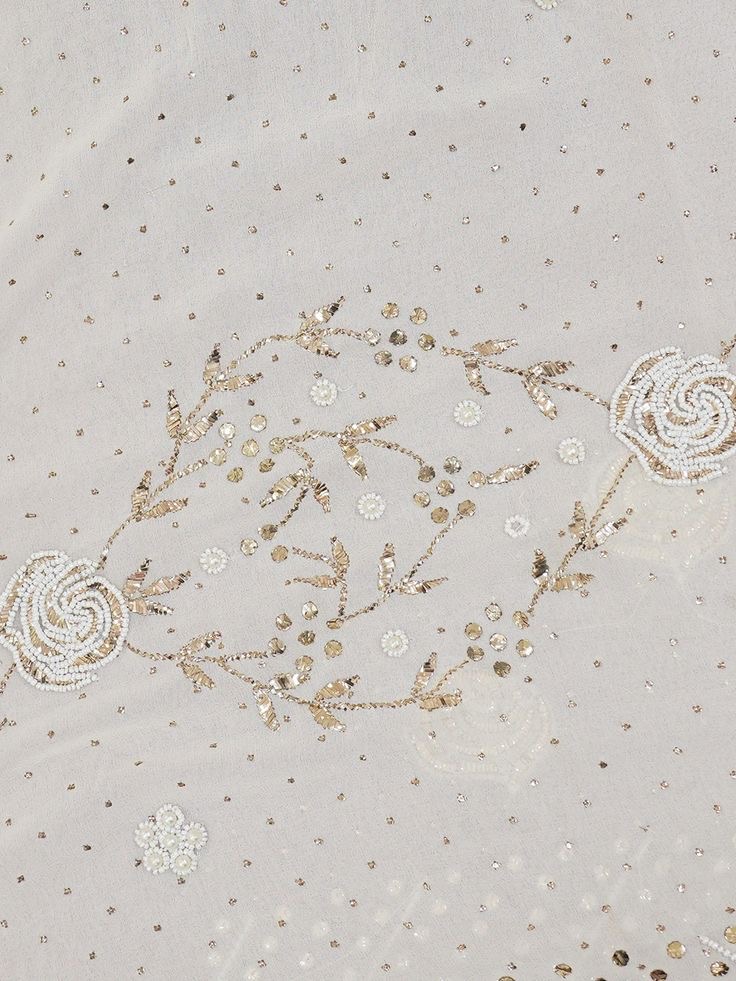
Types of Mukaish in Chikankari Embroidery
1. Mukaish on Thread (Mukaish Ka Kaam)
One of the most traditional forms of Mukaish is sewn directly on the thread. This technique involves attaching small metallic discs along the threadwork. This creates a flowing, almost glittery effect across the entire design. Mukaish on thread enhances the beauty of floral motifs, paisleys, and geometric patterns, making them stand out with a subtle shimmer. It’s commonly used in Chikan Kari suits and Chikankari sarees for special occasions.

Mukaish in Dabka Work
Dabka work is another prominent form of Chikankari embroidery that uses metallic threads. When combined with Mukaish, Dabka work becomes even more vibrant and eye-catching. The use of Mukaish in Dabka embroidery is popular for wedding attire and festive garments, where the focus is on creating opulent, luxurious designs.
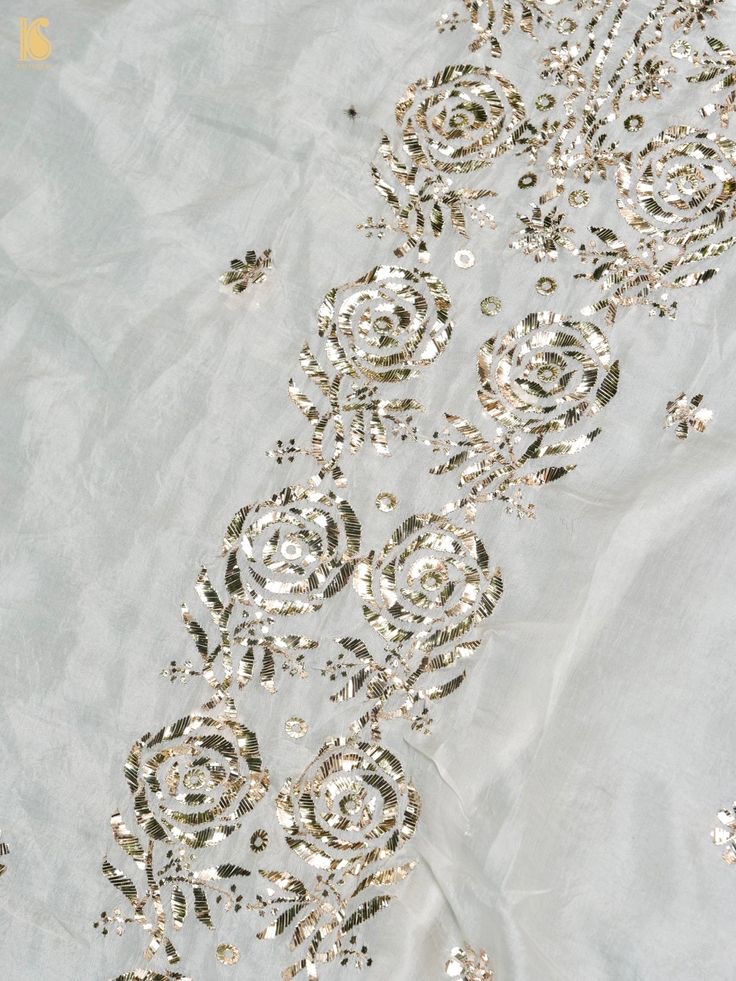
Mukaish and Zardozi Combination
Zardozi is an elaborate form of metallic thread embroidery that adds grandeur to Chikankari designs. When Mukaish is added to Zardozi work, it creates a stunning contrast between the intricate thread work and the sparkling, reflective embellishments. This combination is often used in Chikankari lehengas, bridal sarees, and other formal wear to create regal, eye-catching designs.
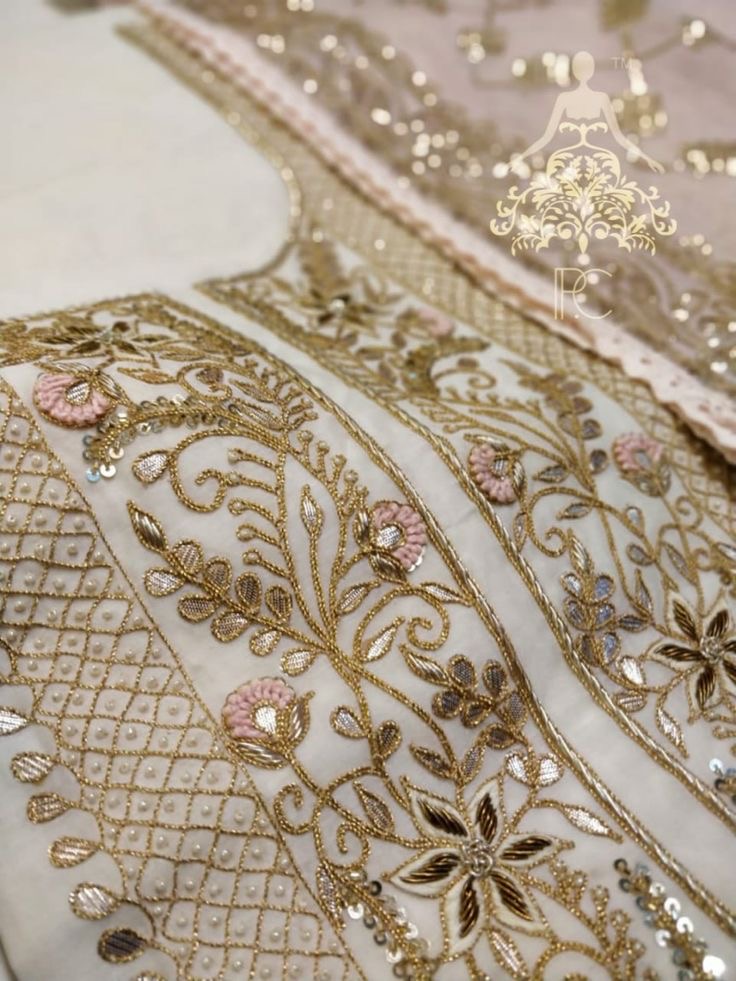
Mukaish on Sheer Fabrics
Mukaish is often added to Chikankari on georgette, chiffon, and organza fabrics, which are known for their light and transparent texture. The metallic embellishments shine brightly against these delicate fabrics, giving them a graceful and sophisticated appearance. The Mukaish effect is subtle but exquisite, enhancing the overall design without overpowering the elegance of the sheer fabric.

Mukaish has gained immense popularity for its ability to turn simple Chikankari pieces into opulent and eye-catching garments. The metallic sheen that it imparts makes it ideal for both casual and formal occasions. Here are a few reasons why Mukaish is so integral to Chikankari:
- Elegance and Sophistication: Mukaish adds a layer of sophistication to Chikankari garments, making them ideal for weddings, festive occasions, and celebrations.
- Shiny Embellishments: The metallic shimmer provided by Mukaish makes even the most simple Chikankari design look more glamorous and elevated.
- Versatility: Mukaish can be combined with various other embroidery techniques like kada, phulkari, and cutwork, allowing for diverse design possibilities.
- Timeless Beauty: Mukaish’s enduring beauty ensures that it remains a favorite in both traditional and modern fashion.
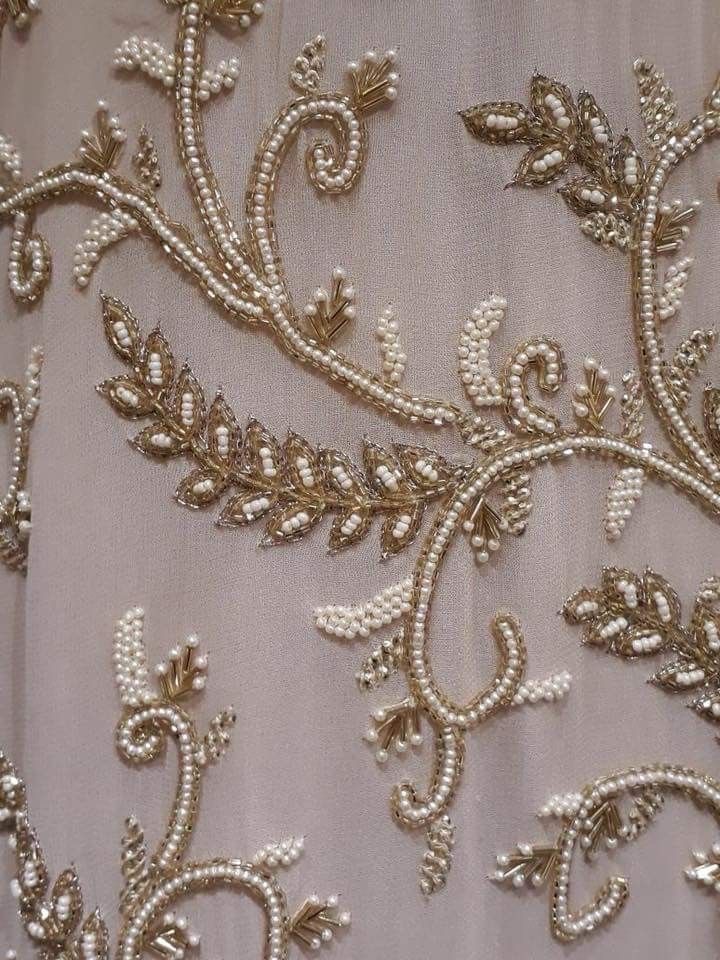
Mukaish is a stunning addition to Chikankari embroidery, offering a unique sparkle and shine to this age-old craft. Whether it’s the delicate shimmer on thread, the ornate combination with Zardozi, or the glowing effects when paired with sheer fabrics, Mukaish elevates Chikankari to a new level of elegance and beauty. If you’re looking to embrace the grandeur of traditional Indian fashion while incorporating a modern twist, Mukaish Chikankari designs are definitely the way to go.
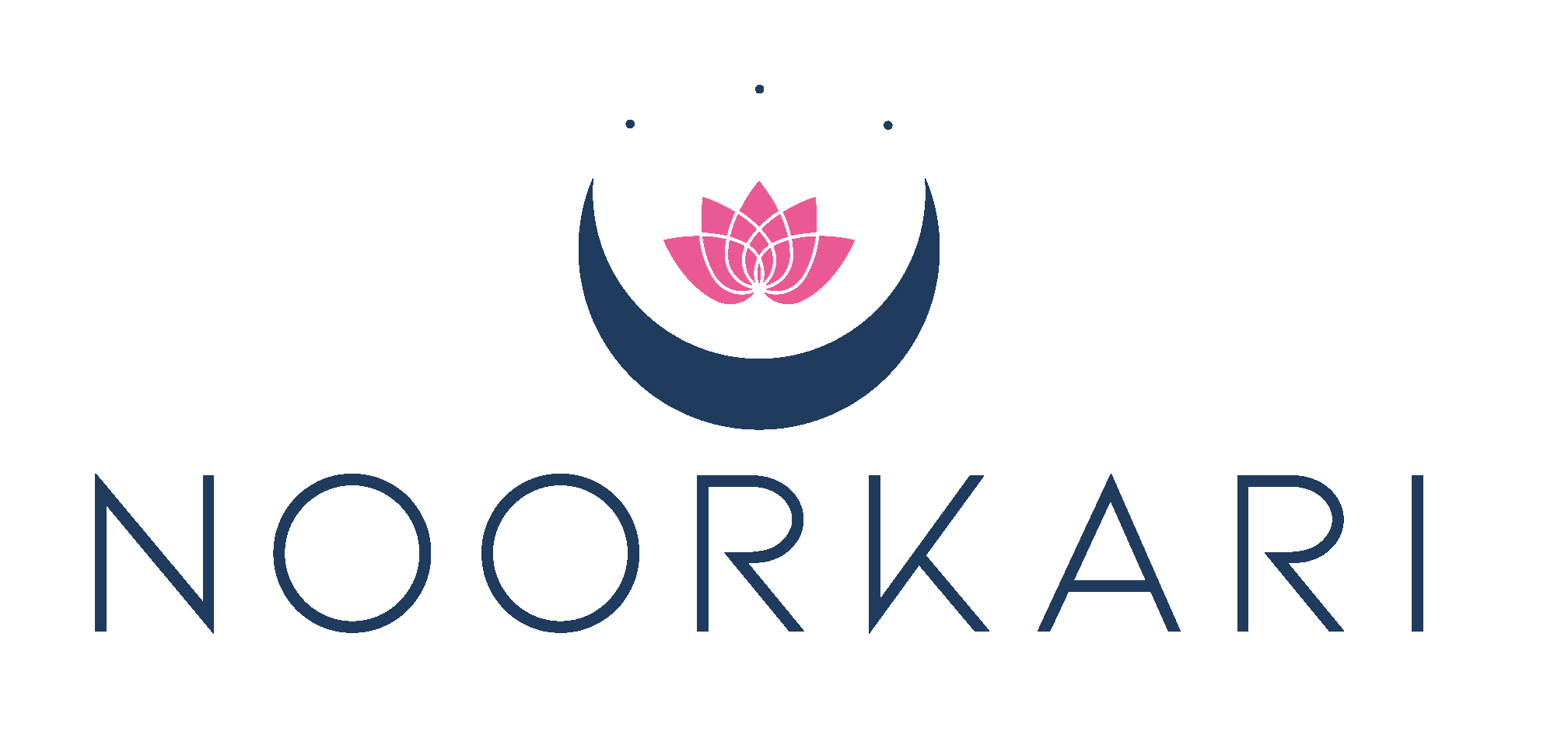


Add comment